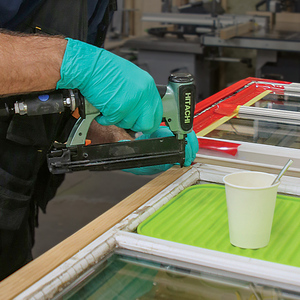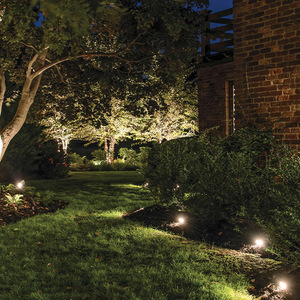Roof Ventilation-Low Slope Cathedral
I am converting an attic space of a 140 year old wood framed house into conditioned living space on the upper Texas coast (climate zone 2). Two new dormers at 12:1 slope will be added, replacing about half of the existing 12:7 slope roof and new standing seam metal on peel and stick underlayment replaces the existing roofing. The existing roof assembly consist of true, full 2” X 6” rafters @ 24” O.C. with original 1” thick wood plank of various widths. 9/16” plywood will be added over the planks for a solid decking. New dormers are 2×8 rafters @ 16” O.C. with 9/16” plywood deck. The dormers run the length of the ridge on one side and, their slope is 12:1 and, I understand that soffit to ridge ventilation is not practical due to the low slope resulting in inadequate natural ventilation. There is no joist supported ceiling in the new, attic living space (cathedral ceiling) so ventilation would have to be in the joist space (limited at the 2×6 rafter depth part of the roof) or over the roof decking. I will use a combination of closed cell foam insulation and fiberglass batts in the rafter space and, the 2X6 rafters will need all 6” for insulation.
My question is twofold:
1. Is roof ventilation in a closed cell spray foam insulated, cathedral ceiling in climate zone 2 absolutely necessary to prevent condensation or other moisture problems in the roof assembly?
2. If so, what alternative construction method is there for naturally ventilating 12:1 roof assemblies (no powered ventilation) and, is it effective enough in my climate to be worth the cost?
Thanks,
Bob Brown, Galveston, Texas


















